US gun epidemic: How many more lives would it take to jolt America awake?
By Hamid Javadi
An all-too-familiar pattern tends to repeat itself after every mass shooting in the US: A gunman goes on a killing spree with a legally-purchased semi-automatic weapon, the US president offers a few words of condolences and promises gun control, and the news media goes into a frenzy over yet another senseless massacre.
And then it is business as usual until the next tragedy strikes and the hell breaks loose again.
This vicious cycle is a sad commentary on a country that is bursting with weapons, rage and paranoia; sick with its obsession with firearms. It has become part of the collective American psyche.
No place, public or private, has been spared by the scourge of gun violence in America: Schools, university campuses, hospitals, shopping malls, nightclubs, sports centers and people’s living rooms.
Barely a day goes by when shootings don’t grab headlines in the mainstream US media. But still, the juggernaut rolls on, as the epidemic of gun violence appears to have been normalized.
Ten people were shot in a mass shooting early Tuesday in downtown Denver as crowds gathered to celebrate the Nuggets’ first NBA championship.
On Sunday, three people were killed and three others wounded in a shooting at a house in Maryland. On Friday, nine people were wounded in a mass shooting in San Francisco during a party. At least a dozen people were injured in weekend shootings in Chicago.
Earlier in the week, a student and his stepfather were killed and five others wounded when a gunman opened fire at a high school graduation ceremony in Virginia.
How many more Americans must lose their lives to acts of reckless, but totally avoidable, violence before America can shake itself free from the shackles of the multi-billion dollar firearms industry? Before Washington can finally decide to put public safety above its petty partisan politics?
One thing is clear: The shocking statistics of gun violence in the US cannot be swept under the rug.
Here’s a little insight to put things in perspective: 2021 was the deadliest year in US history as hospitals were overflowing with patients and news media showed dreadful scenes that Americans had only seen in horror movies before.
That was the height of the pandemic and the United States was the worst-hit country in the world.
Yet, in that very same year, gun violence overtook COVID-19 as the single leading cause of death for American children and young adults.
According to the latest data from the Centers for Disease Control and Prevention, a total of 48,830 Americans lost their lives to firearms in 2021. That’s one death every 11 minutes.
As gun violence continues to plague the country, leaving behind a trail of death, devastation and shattered lives, it’s imperative for policymakers to first acknowledge the magnitude of the crisis and then work on a robust set of reforms to address it.
But unity has almost always proved an elusive concept in America’s murky corridors of power, where petty partisanship, political brinkmanship, and legislative stalemate reign supreme.
Like many other issues in Washington, we see politics overriding policy on gun violence. Dysfunction is on full display.
The United States has the highest rate of gun-related deaths among developed nations. Its peers have enacted gun control reforms that would seem extreme by American standards, even though they have not been as remotely plagued by the scourge as the United States.
A 2020 mass shooting in Nova Scotia spurred the Canadian government to ban military-style assault weapons. Similarly in New Zealand, lawmakers passed a bill to restrict AR-15 rifles after the 2019 Christchurch massacre. The 1996 Port Arthur carnage prompted the Australian government to buy back 650,000 firearms.
All those actions were taken within days of the respective tragedies. By contrast, it took a decade since the 2012 Sandy Hook shooting in Newtown killed 20 school kids and 6 adults, and countless mass killings in between, for the US Congress to finally pass a new gun control measure.
Even so, the Bipartisan Safer Communities Act of 2022, the first federal gun safety legislation enacted in nearly 30 years, was limited in scope. It sounded more like a half-hearted token of penance by policymakers to cover up their own culpability -- an insincere gesture for their own appeasement.
The legislation did not ban any type of weapons. Instead, it encouraged states to enact new measures to limit who can access guns. It did not prevent mass shootings or create a dent in the dizzyingly high number of gun-related deaths in America.
Communities across the United States, from Buffalo, New York, to Uvalde, Texas, are still reeling from the aftermath of mass shootings last year.
In Buffalo, a white gunman killed 10 people in a predominantly Black neighborhood last May. Ten days later, 19 students and two teachers were gunned down at an elementary school in Uvalde.
Despite the Bipartisan Safer Communities Act of 2022, which President Biden signed into law, the United States is on track to set a record for annual mass killings, defined as incidents in which four or more people are killed, excluding the shooter.
The total is expected to reach 60 this year, a considerable increase from 36 recorded in 2022 and 28 in 2021.
Opponents of reforms have typically characterized the epidemic of gun violence as a byproduct of a broader underlying problem in America: The mental health crisis. That’s a flawed argument, propagated by the powerful gun lobby and their henchmen on Capitol Hill and in the corporate media.
Gun violence cannot be solely attributed to any single factor. It is a complex problem rooted in a wide array of societal, economic, and cultural phenomena.
Addressing the issue effectively requires a multifaceted approach that includes legislative measures, community engagement, and cultural change.
More than anything, gun violence is a cultural issue rooted in America’s long and dark history of slavery, racism, and oppression.
Gun ownership has been deeply embedded in American politics, culture and laws since the country was founded. No single legislative action or executive order can tackle the issue of gun violence.
The crisis calls for a comprehensive examination of the cultural aspects that perpetuate the cycle of violence in America. The country has long idolized masculine heroes, the cowboy, the frontiersman, and the patriotic trooper, who have protected communities with guns throughout US history.
The notion of individualism, self-reliance and protection, deeply ingrained in American culture, has manifested itself in the form of the Second Amendment of the US Constitution. That’s a historical fact.
But to blame the pathology of gun violence on the Second Amendment does not even get close to addressing its root cause. Nor does invoking the right to bear firearms justify efforts to torpedo reforms.
Invoking a constitutional clause of another era (it was ratified in 1791) when the lives of innocent children are cut short in school, a place where they are supposed to feel safest, does not only make no sense, it is plainly immoral.
While the right to keep and bear arms is constitutionally protected in the United States, it is imperative for policymakers, communities, and individuals to come together to promote a modern interpretation that aligns with the values of public safety and community well-being.
But as long as violence is glorified by the entertainment industry and firearms are portrayed as a symbol of power and heroism by gun-toting Hollywood stars, to talk about the urgency of curbing gun violence and introducing reform seems pointless.
Research shows that movies, television, and video games have historically played a significant part in shaping cultural attitudes toward guns, especially among the youth.
The prevalence of guns in the media, combined with real-life instances of gun violence, feeds into a culture of trepidation and mistrust in society.
To counter those fears, many Americans resort to firearms as a means of personal security and protection. It’s no coincidence that whenever a mass shooting happens, gun advocates call for more guns in the hands of the good guys to offset the guns in the hands of the bad guys.
Cultural change takes education, including the responsibility that comes with gun ownership, and community outreach to tackle the epidemic of gun violence in America. Collaboration between law enforcement agencies and relevant stakeholders is vital in combating the scourge.
The divisive rhetoric emanating from Washington does not exactly help with that.
Policymakers, communities, and grassroots movements need to come together, set aside partisan differences, and prioritize the lives and well-being of the American people.
Only through collective action can America hope to change its gun culture and build a safer nation for generations to come.
Hamid Javadi is a senior Iranian journalist and commentator based in Tehran.
(The views expressed in this article do not necessarily reflect those of Press TV
‘Permits of humiliation’: Israel targets Christian schools in al-Quds
Over 470 terrorists, riot ringleaders captured across Iran
UNRWA chief warns about 'record highs' of diseases in Gaza amid Israeli siege
Israeli agricultural exports face looming 'collapse' amid boycotts over Gaza genocide
VIDEO | Canadians preparing to hold more rallies in solidarity with Venezuela
VIDEO | Iranian national Mahdieh Esfandiari goes on trial for supporting Palestine
VIDEO | Italian farmers launch protest campaign against EU-Mercosur free trade deal
VIDEO | Trump’s Gaza ‘Board of Peace’ invitation sparks criticism in Pakistan


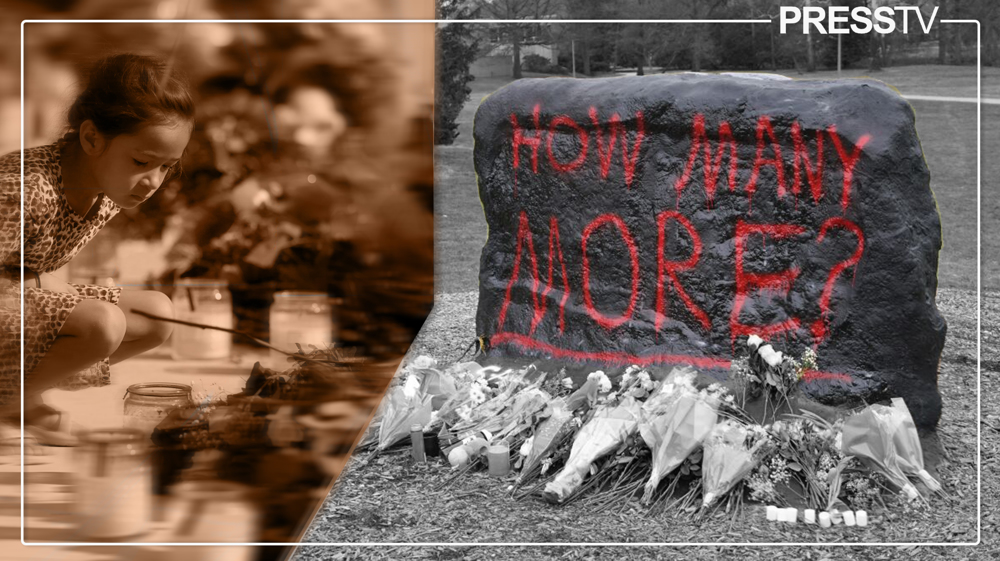

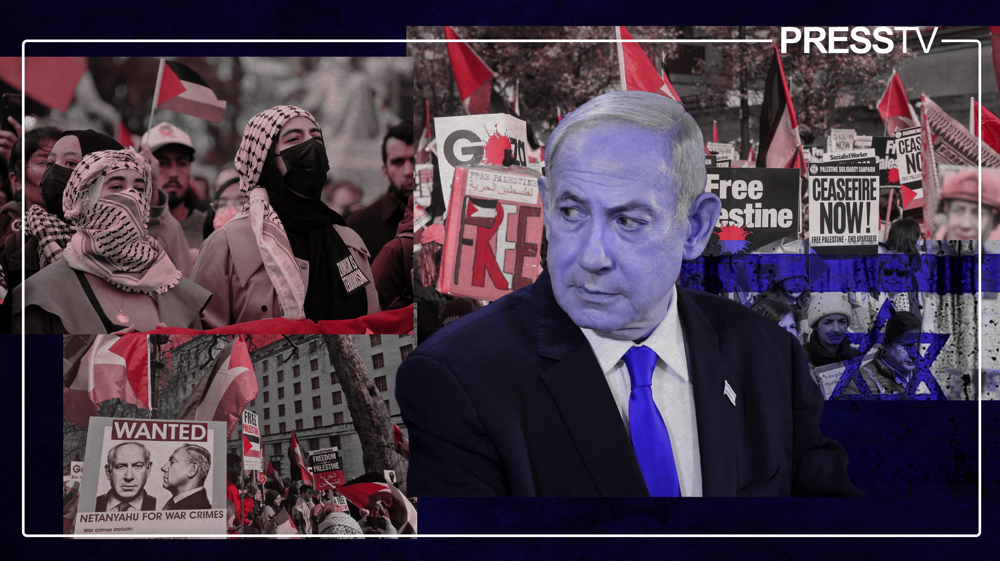
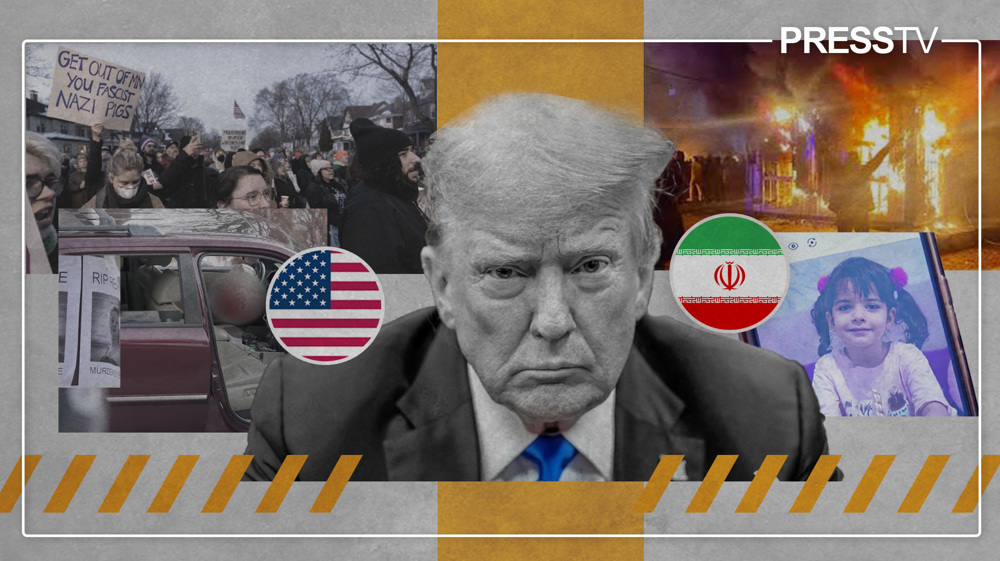





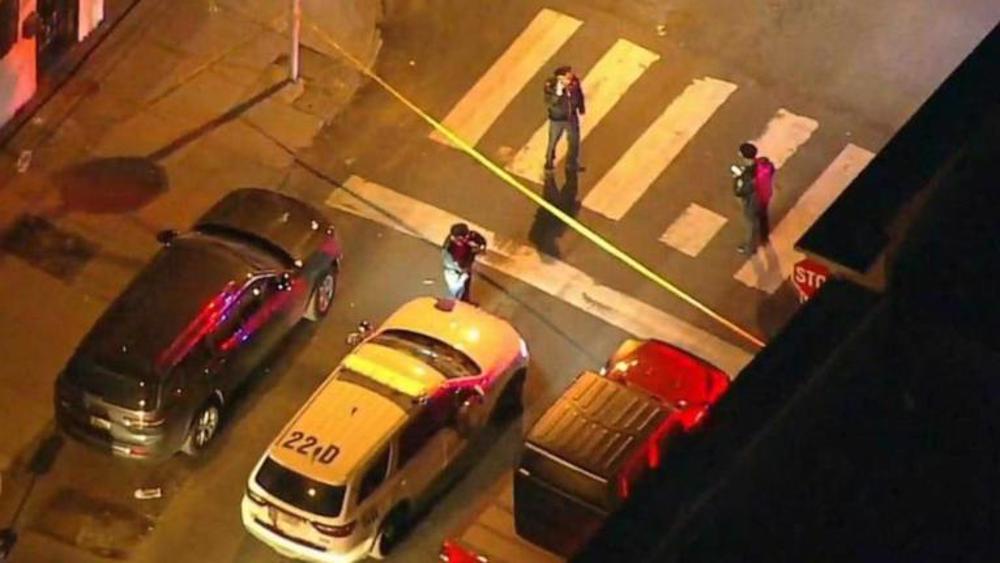
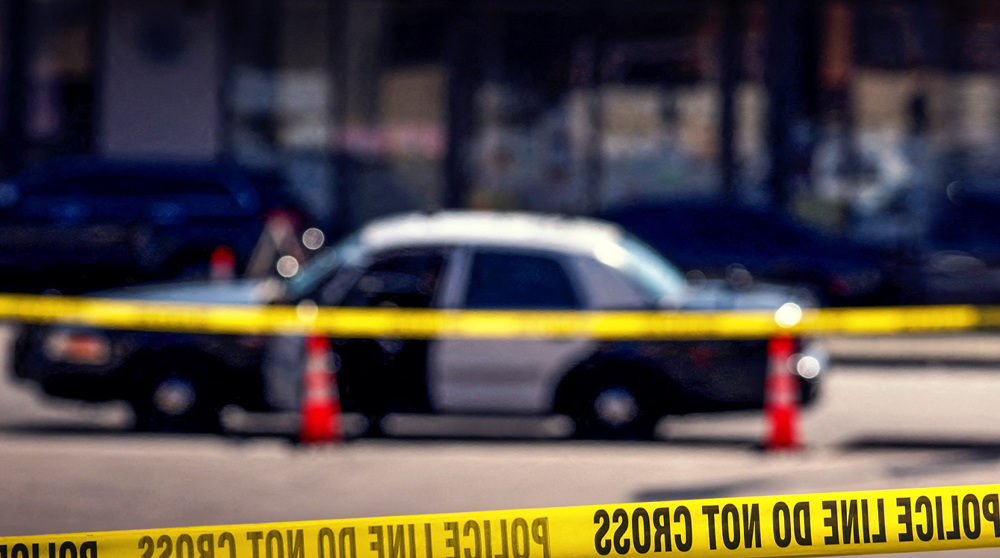
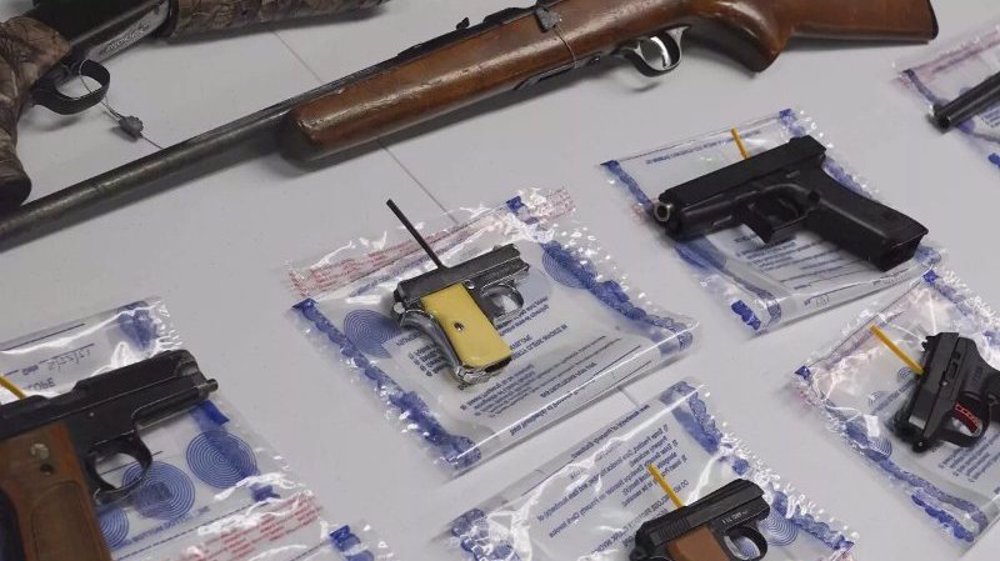

 This makes it easy to access the Press TV website
This makes it easy to access the Press TV website